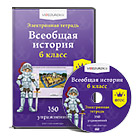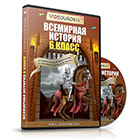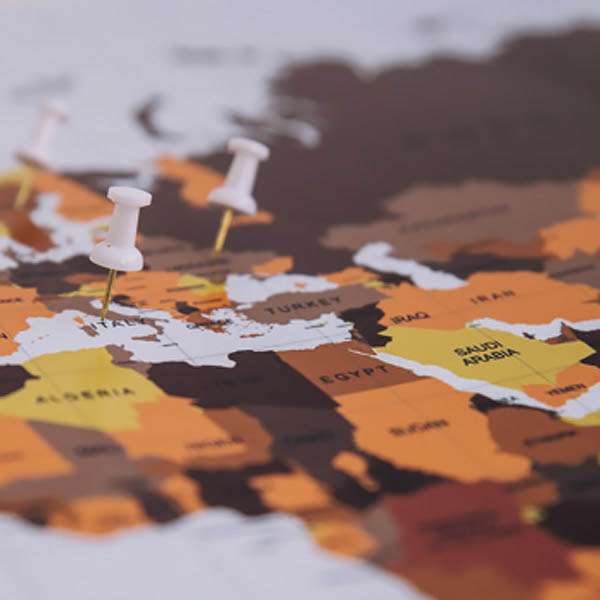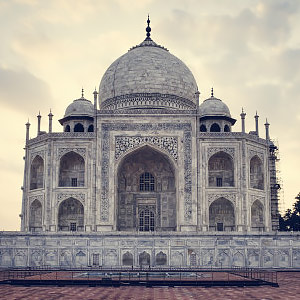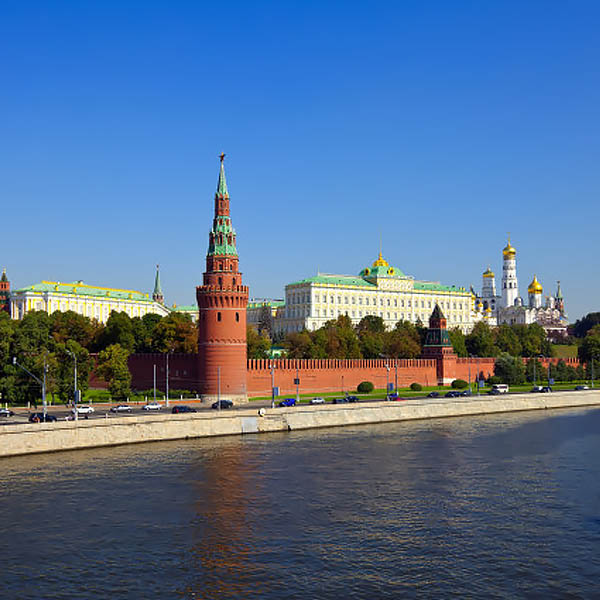Просмотр содержимого документа
«Geography and demography of Roman Empire»
Roman Empire
Geography and demography[edit] Main articles: Demography of the Roman Empire and Borders of the Roman Empire
Further information: Classical demography
The Roman Empire was one of the largest in history, with contiguous territories throughout Europe, North Africa, and the Middle East.[34] The Latin phrase imperium sine fine ("empire without end"[35]) expressed the ideology that neither time nor space limited the Empire. In Virgil's epic poem the Aeneid, limitless empire is said to be granted to the Romans by their supreme deity Jupiter.[35][36][37][38][39] This claim of universal dominion was renewed and perpetuated when the Empire came under Christian rule in the 4th century.[n 9] In addition to annexing large regions in their quest for empire-building, the Romans were also very large sculptors of their environment who directly altered their geography. For instance, entire forests were cut down to provide enough wood resources for an expanding empire.[40]

The cities of the Roman world in the Imperial Period. Data source: Hanson, J. W. (2016), Cities database, (OXREP databases). Version 1.0. (link).
In reality, Roman expansion was mostly accomplished under the Republic, though parts of northern Europe were conquered in the 1st century AD, when Roman control in Europe, Africa, and Asia was strengthened. During the reign of Augustus, a "global map of the known world" was displayed for the first time in public at Rome, coinciding with the composition of the most comprehensive work on political geography that survives from antiquity, the Geography of the Pontic Greek writer Strabo.[41] When Augustus died, the commemorative account of his achievements (Res Gestae) prominently featured the geographical cataloguing of peoples and places within the Empire.[42] Geography, the census, and the meticulous keeping of written records were central concerns of Roman Imperial administration.[43]

A segment of the ruins of Hadrian's Wall in northern England, overlooking Crag Lough
The Empire reached its largest expanse under Trajan (reigned 98–117),[39] encompassing an area of 5 million square kilometres.[4][5] The traditional population estimate of 55–60 million inhabitants[44] accounted for between one-sixth and one-fourth of the world's total population[45] and made it the largest population of any unified political entity in the West until the mid-19th century.[46] Recent demographic studies have argued for a population peak ranging from 70 million to more than 100 million.[47][48] Each of the three largest cities in the Empire – Rome, Alexandria, and Antioch – was almost twice the size of any European city at the beginning of the 17th century.[49]
As the historian Christopher Kelly has described it:
Then the empire stretched from Hadrian's Wall in drizzle-soaked northern England to the sun-baked banks of the Euphrates in Syria; from the great Rhine–Danube river system, which snaked across the fertile, flat lands of Europe from the Low Countries to the Black Sea, to the rich plains of the North African coast and the luxuriant gash of the Nile Valley in Egypt. The empire completely circled the Mediterranean ... referred to by its conquerors as mare nostrum—'our sea'.[44]
Trajan's successor Hadrian adopted a policy of maintaining rather than expanding the empire. Borders (fines) were marked, and the frontiers (limites) patrolled.[39] The most heavily fortified borders were the most unstable.[12] Hadrian's Wall, which separated the Roman world from what was perceived as an ever-present barbarian threat, is the primary surviving monument of this effort.[50][51][52]












